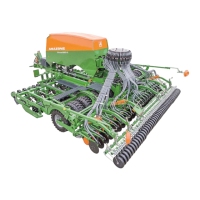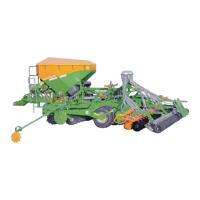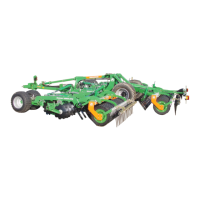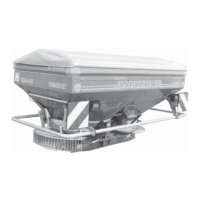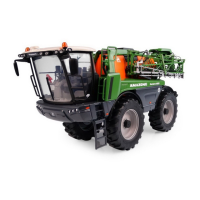Cleaning, maintenance and repairs
176
Condor 12001-C/15001-C BAH0030-4 07.15
12.5.3.3 Maintenance intervals
After the first 10 operating hours, and then every 50 operating
hours
1. Check all the components of the hydraulic system for tightness.
2. If necessary, tighten screw unions.
Before each start-up:
1. Check hydraulic hose lines for visible damage.
2. Eliminate any scouring points on hydraulic hose lines and pipes.
3. Replace any worn or damaged hydraulic hose lines immediately.
12.5.3.4 Inspection criteria for hydraulic hose lines
For your own safety, comply with the following inspection criteria!
Replace hydraulic hose lines, on determining any of the
following during the inspection:
Damage to the outer layer up to the ply (e.g. scouring points,
cuts, cracks).
Brittleness of the outer layer (crack formation of the hose
material).
Deformations which do not match the natural shape of the hose.
Both in a depressurized and pressurised state or when bent (e.g.
layer separation, bubble formation, pinching, bends).
Leak points.
Damage or deformation of the hose assembly (sealing function
restricted); minor surface damage is not a reason for
replacement.
Movement of the hose out of the assembly.
Corrosion of assembly, reducing the function and tightness.
Installation requirements not complied with.
Life span of 6 years has been exceeded.
The date of manufacture of the hydraulic hose line on the
assembly plus six years is decisive. If the date of manufacture
on the assembly is "2010", then the hose should not be used
after February 2016. For more information, see "Labelling of
hydraulic hose lines".

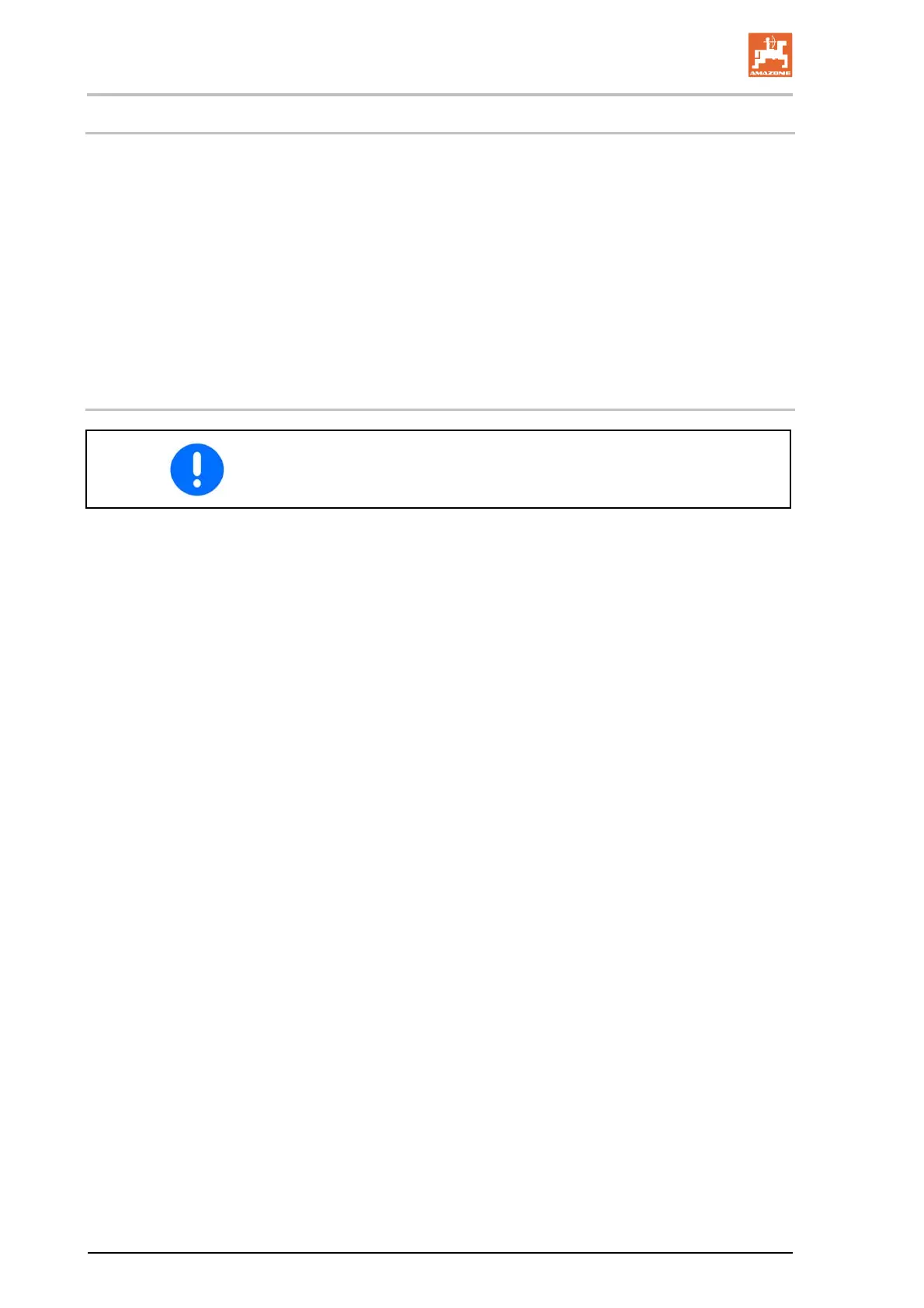